Jamilex Gotay
NACM National
In business, leaders guide teams to achieve goals beyond individual capabilities. But what sets a leader
apart is their ability to envision and execute long-term goals that drive sustainable growth and
organizational success.
The Executive Leadership Workshop at NACM’s 128th Credit Congress in Las Vegas, NV, led by Dr. Jeremy Graves, equipped credit professionals with essential tools and strategies to embody their full leadership potential.
Why it matters: At the upcoming 129th annual Credit Congress in Cleveland, OH, NACM will welcome
back Dr. Jeremy Graves to lead two workshops—one about change leadership and another about leading
intergenerational teams. Participants can choose to attend either one, or both, workshops based on
their preferences and schedules. Enjoy a discount by enrolling in the Workshop Bundle!
Here’s what previous Leadership Workshop participants have to say:
Change management skills and knowledge of multi-generational teams are key for executive-level
leadership. “To be a true executive leader, you must effectively engage your team and help manage any
change,” said Mark Speiser, CCE, director of credit, N. A. and global nutrition at Archer Daniels Midland
Company (Decatur, IL). “When communicating the change to executives, make sure they know the return
on investment for making that change.”
In today’s rapidly changing world, there’s no space for complacency. Leaders must constantly adapt to
changes to ensure continued success and relevance in business. Being adaptable also helps the company
tackle challenges early, seize opportunities and stay competitive in a rapidly changing business
environment.
Open-minded leaders create a dynamic, adaptive workplace where creativity thrives, problems are
solved efficiently and teams achieve common goals through open communication and cohesiveness. “I
believe one should be an independent thinker,” said Donise Gabbert, accounting/office manager at
Kilgore TEC Products Inc (Spokane, WA). “In addition to adaptability, leaders should be team builders,
developing and leading high performance teams and encouraging others to continue improvement.”
When leaders actively listen and remain present, they unlock essential benefits that enhance their
leadership effectiveness and influence their teams. Whether your team is on-site, hybrid or remote,
active engagement with staff boosts productivity and efficiency. “Most of the time, my office door is
open for staff to drop in for urgent matters, quick updates or casual chats,” Speiser said. “I’m also talking
three to four times a day to my staff in person rather than Teams, which allows me to be more present
and engaged.”
Executive leaders must engage in strategic planning to mitigate short and long-term risks, creating a
unified, future-oriented vision. “They must have a passion and commitment for future goals and
objectives,” said Anne Scarcella, CCE, CCRA, territory credit manager at Crawford Electric Supply
Company, Inc. (Houston, TX). “Overall, they must be proactive—not reactive.”
Strategic planning also provides clarity on the roles and responsibilities of different departments and
individuals within a company. “I feel a strategic, executive leader sets goals for a long term vision for the
future of their organization and the person is focused and courageous,” Gabbert said.
Emotionally intelligent leaders are not only self-aware and self-managed, but they are socially aware
with strong relationship management skills. “Executive leaders must communicate effectively and
frequently while caring about their team,” said Scarcella. “They should collaborate well, ask questions
and act accordingly. They must also be dedicated and eager to learn and grow.”
Collaborating with other departments within a company helps leaders solve problems and make sound
credit decisions. “Before making a decision, collaborate with your commercial teams on how to address
a particular situation and for additional understanding,” Speiser said. “Not only are you looking at the
credit risks and the benefits, but you’re examining the overall business case.”
By spending time with upper management, leaders can stay informed and communicate more
effectively. “I get more involved in high-level discussions with our business units presidents, CFOs and
executives to stay informed and learn how to present higher level information,” said Speiser. “Back when
I was an analyst, a previous boss had me participate with him on the creditors committee for a
bankruptcy as well.”
The bottom line: The Leadership Workshops at Credit Congress equip credit professionals with essential
skills and strategies needed to reach their full leadership potential.
For more information about Subchapter V, keep an eye out for the July/August issue of Business Credit magazine and a special session at NACM Connect’s Fall Conferences, Reconnect Live.
Recent Posts
- Chapter 7 Essentials: Steps Every Credit Professional Should Take December 5, 2025
- The Great Disconnect November 13, 2025
- Credit Tightrope: Balancing Trust and Risk with Marginal Customers November 11, 2025
- What is American Business Dynamism and What has Happened to it? October 17, 2025
- Incoterms: The complications when using them with letters of credit October 13, 2025
- Expectations September 11, 2025











